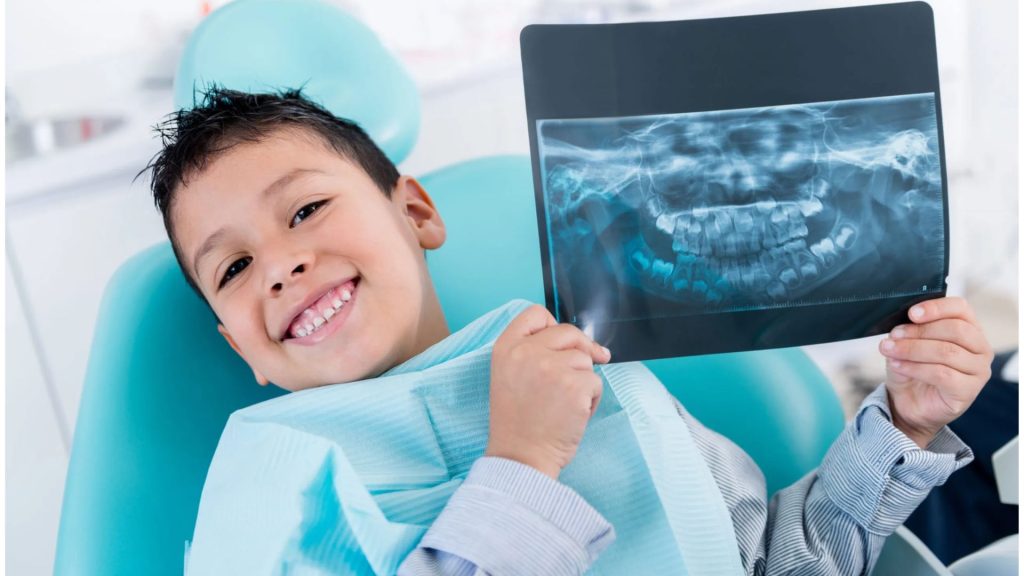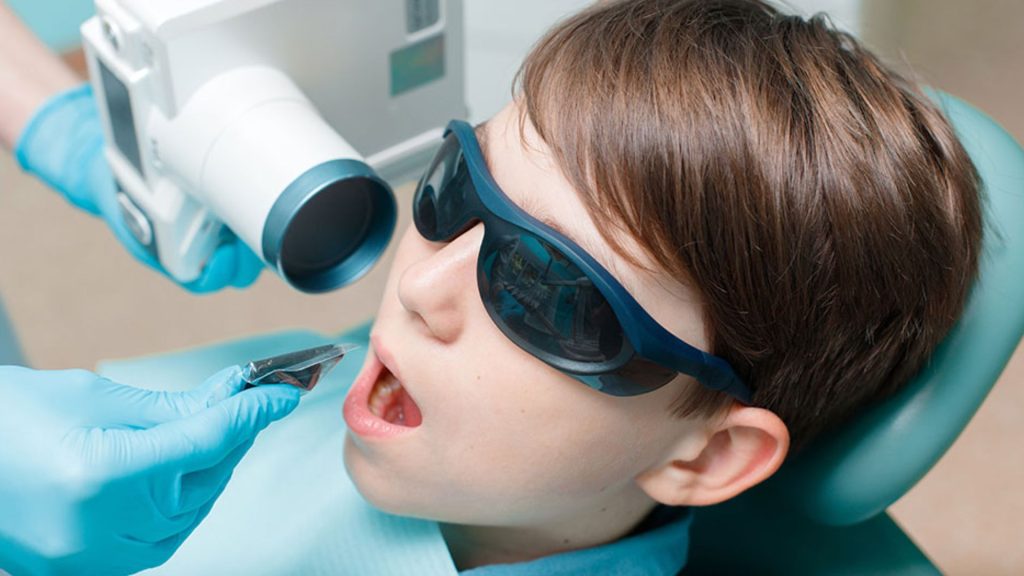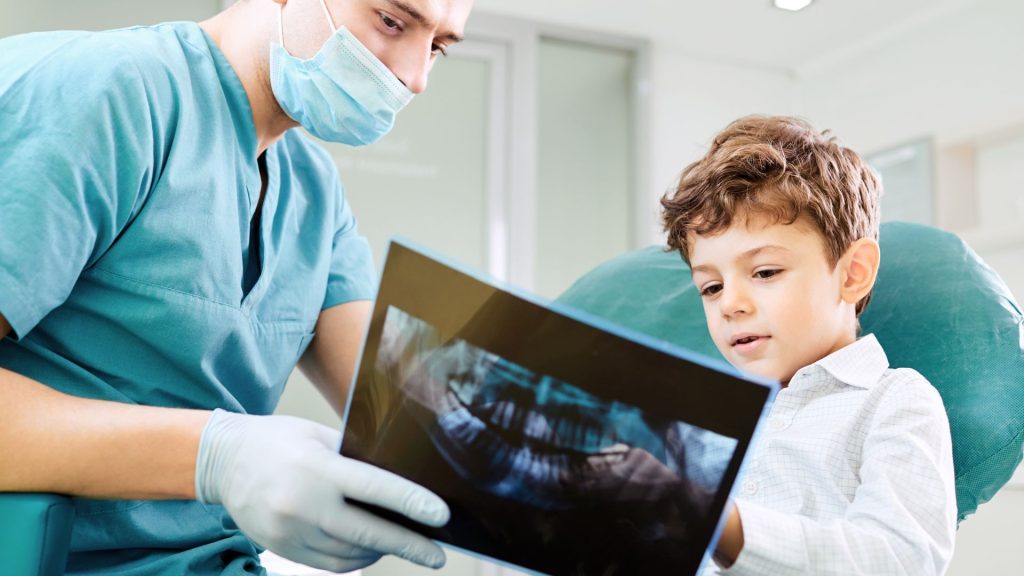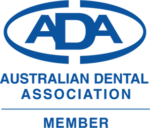Is dental x-ray safe for child? The American Dental Association says dental X-rays are safe when used appropriately. When it comes to their kids’ health and safety, parents always have special worries and concerns. During dental care, testing tools and processes like dental X-rays are used to find and fix tooth problems quickly and effectively.
However, how beneficial is this technique in safeguarding children’s development and teeth? Find out about the safety of tooth X-rays for kids.
When Should Kids Have Dental X-Rays?


Dental X-rays depend on a child’s age, mouth health, oral history, and risk of tooth issues. In these cases, children’s dental X-rays are advised:
- A general assessment of oral health: When a child’s oral health is being checked, it is normal to take tooth X-rays. This helps find problems like tooth decay, missing teeth, gum disease, and others.
- Checking for mixed teeth: X-rays may assist your dentist to evaluate the cartilage, roots, and permanent teeth growing below the gums in children with both baby and permanent teeth.
- Identify invisible teeth: Sometimes dental issues aren’t visible. Dental X-rays may reveal cavities between teeth, concealed teeth, and tooth growth irregularities.
- Diagnosing Abnormalities and Trauma: Dental X-rays may assist a dentist diagnose and treat a child’s tooth development anomaly. In addition, an X-ray may reveal the tooth’s and bone’s health status after an accident that causes tooth damage.
However, keep in mind that dental X-rays need careful attention and a dentist’s prescription. For an exact diagnosis, the dentist will look in the child’s mouth and, if necessary, take X-rays.
Is Dental X-Ray Safe For Child?


According to Mouth Healthy by the American Dental Association, dental X-rays are safe when used properly.
Actually, radiation sources like sunshine, TVs, phones, and other light sources are practically everywhere in modern life. So, you don’t need to worry too much when your kid is given X-rays since clinic X-rays are less frequent than other radiation sources. After an X-ray, a youngster absorbs radiation equal to 2-3 days of regular exposure. It’s less than the flight’s end.
However, the American Academy of Paediatric Dentistry (AAPD) recommends how often and at what age children should start having dental X-rays. X-ray frequency depends on the child’s dental health, age, and risk. Your dentist will consider these factors when choosing X-ray frequency and kind.
So, Any time you have questions or concerns regarding your child’s dental X-rays, it’s best to bring them up with the dentist. They may answer your worries and explain dental X-ray safety.
Child X-Ray Safety Procedures Taken By Dentists
During X-rays, dental practitioners take a number of precautions to limit children’s exposure to radiation. Some of the precautions they often take include:
- Lead-resistant vest: Before X-rays, kids will wear lead-resistant vests. Lead-resistant vests shield unneeded portions from X-rays.
- Neck Strap: A light neck strap may hold the infant during the X-ray. This ensures a sharp picture.
- Modern imaging techniques: Advanced imaging reduces X-ray exposure in modern dental facilities. Digital technology sets up modern X-ray equipment. Optimized X-ray for high-quality pictures with fewer X-rays.
- Reasonable frequency of X-rays: Pediatric dentists will monitor X-ray frequency. Based on your child’s oral history, health, and dental risk, they’ll order X-rays as required.
- Accurate X-ray technique: The dentist will use precise X-rays to get the best view of the teeth and bone. Avoiding re-scanning and reducing X-ray exposure.
However, dental X-rays are essential for identifying and treating dental issues. Safety precautions reduce the child’s X-ray exposure to ensure diagnostic benefits exceed dangers.
Tips For Parents Taking X-Rays Of Their Kids
Dental X-rays are a crucial diagnostic tool for gauging a child’s dental health. However, parents must do a few things to ensure their child’s safety and comfort during an X-ray. Here are some important tips and rules that parents should know before taking their child for dental X-rays:
- Talk to your dentist: Talk to your dentist about X-rays, their advantages, and their safety. Ask questions to clarify the procedure and your concerns.
- Provide medical information: Give the dentist your child’s comprehensive medical and dental history. This will assist the dentist to evaluate and choose an X-ray.
- Follow your dentist’s instructions: Prepare for your X-ray as instructed by your dentist. To avoid needless X-rays, the youngster may wear lead-ray vests and collars.
- Explain to your child: Before an X-ray, explain the technique and purpose to the youngster. Try to explain in simple terms that the procedure is painless and necessary for the doctor to view your child’s teeth.
- Positivity and serenity: Before and after the X-ray, keep the youngster calm. Communicate safety and assurance that your child’s teeth need this treatment.
- Support your child after the scan: Help your youngster feel better following the X-ray. If available, give the youngster medicine and lots of water.
Remember that dental X-rays for children are done with extreme caution. Follow your dentist’s instructions and make your youngster as comfortable as possible.
Conclusion


Today, dental X-rays for kids are a crucial part of figuring out what’s wrong with their pearly whites. Under the direction and careful care of dentistry workers, safety steps are taken to limit the amount of x-ray radiation a child gets. The American Academy of Paediatric Dentistry gives clear and thorough rules about oral X-rays for children, making sure they are safe and healthy.
When X-raying youngsters, Spring Orchid Dental Clinic follows safety rules. We use cutting-edge digital and X-ray tools to make sure that X-ray exposure is kept to a minimum. Correctly deployed lead-ray jackets and collars protect youngsters from needless X-rays.
Spring Orchid Dentistry facility provides the Child Dental Benefits Schedule (CDBS) and follows the American Academy of Paediatric Dentistry’s safety requirements. We make X-rays safe, pleasant, and comfortable for kids.
Book Your Appointment Today
Contact Now!Come to Spring Orchid Dental Clinic and experience quality, safe and exceptional service with the Children’s Dental Benefits Program. We are committed to bringing bright smiles and good oral health to children, building a strong foundation
FAQs
How Many Dental X-Rays Are Too Much For A Child?
If the kid has never had cavities or other oral problems, most dentists will only do X-rays once a year or maybe once every 2 or 3 years. If the youngster has regular oral issues, X-rays may be required every 6 months.
The number of dental x-rays that are “too many” for a kid varies with the child’s age, oral health, and the specifics of their dental treatment. As a general rule, dental x-rays are done when needed for evaluation, planning treatment, or keeping an eye on mouth health.
Dentists, like other medical professionals, adhere to the ALARA (As Low As Reasonably Achievable) standard when it comes to radiation safety. They minimise radiation exposure while acquiring diagnostic information. Additionally, lead aprons and thyroid collars are routinely used to prevent youngsters from unwanted radiation exposure during x-ray examinations.
What Age Do Kids Get Their First X-Ray Of Baby’s Teeth?
The American Association of Paediatric Dentistry (AAPD) recommends the first dental X-ray for children with chipped, overlapping, or other dental issues. The age of a child’s first oral X-ray can vary, but it usually happens when the kid has at least one baby tooth and is about 2 or 3 years old.
Parents should consult their child’s dentist on when to have their first dental X-ray depending on their child’s oral health and growth.
Does Radiation Exposure Last The Same For Kids And Adults?
Yes, children and adults’ X-ray radiation exposure may differ. This is due to body structure, size, and X-ray process parameters.
In some cases, the same kind of X-ray may subject children to less radiation than adults. This is because children’s bodies are smaller and their bones are still growing, so X-ray methods can be changed to limit how much radiation they get.
The ALARA (As Low As Reasonably Achievable) approach is always used by dentists and health care workers to limit how much radiation children and adults are exposed to. They decrease radiation while collecting diagnostic information using modern X-ray procedures and equipment.





